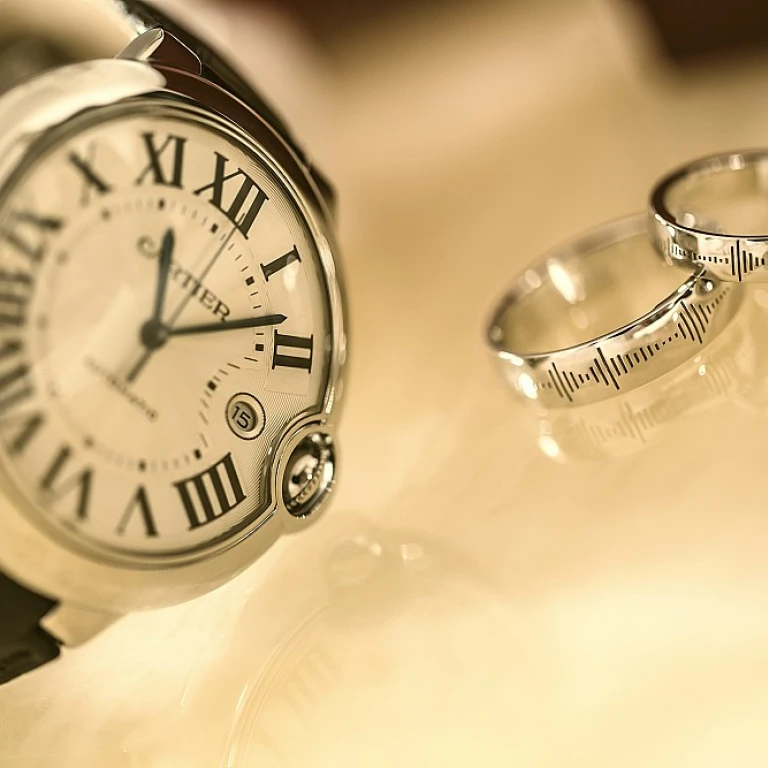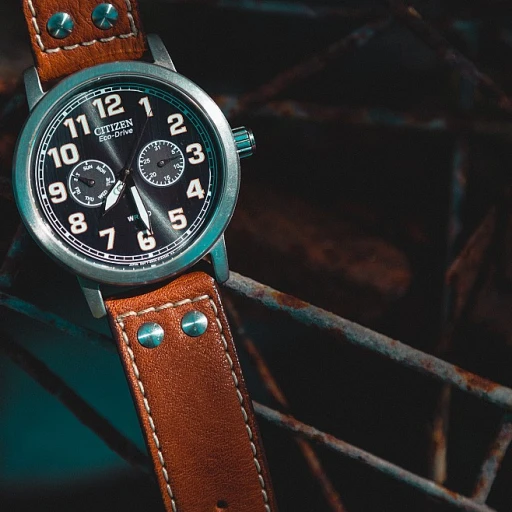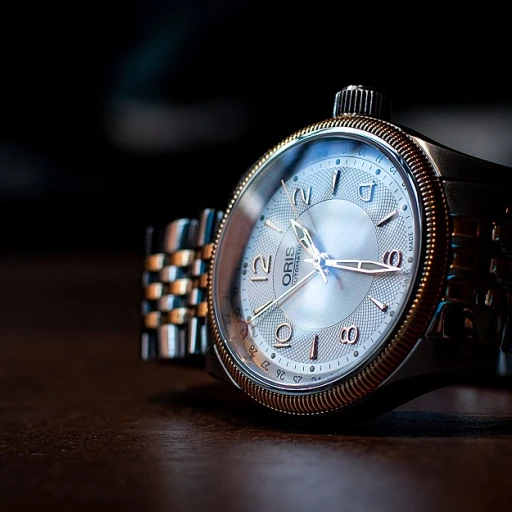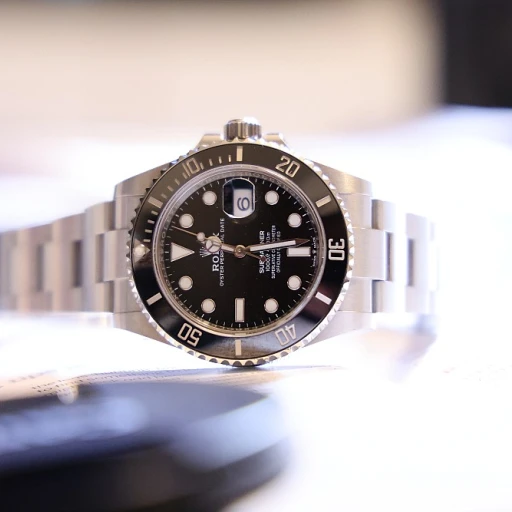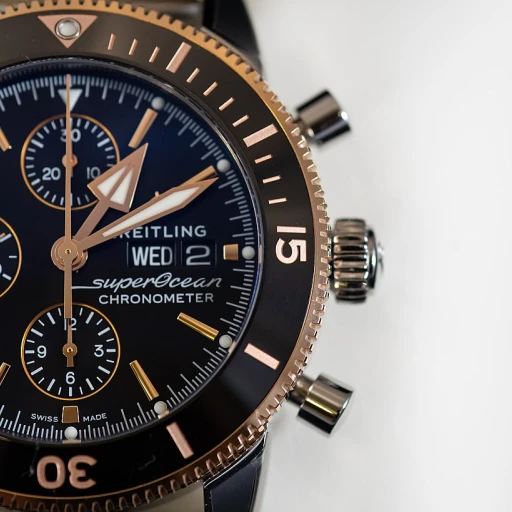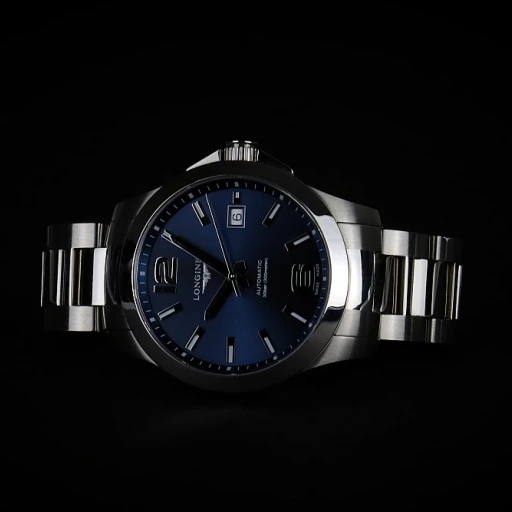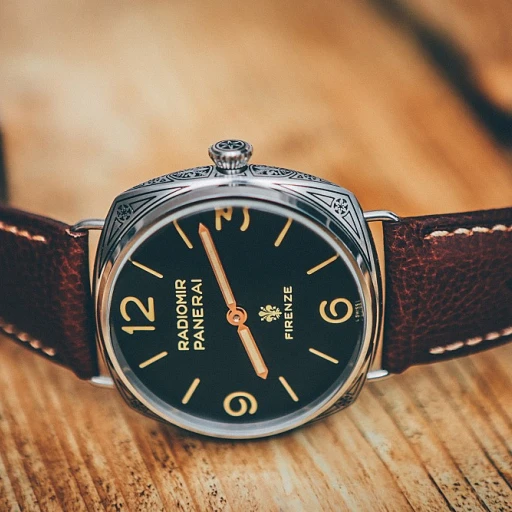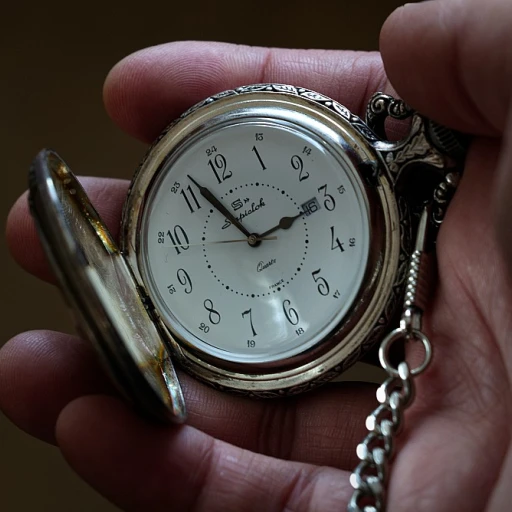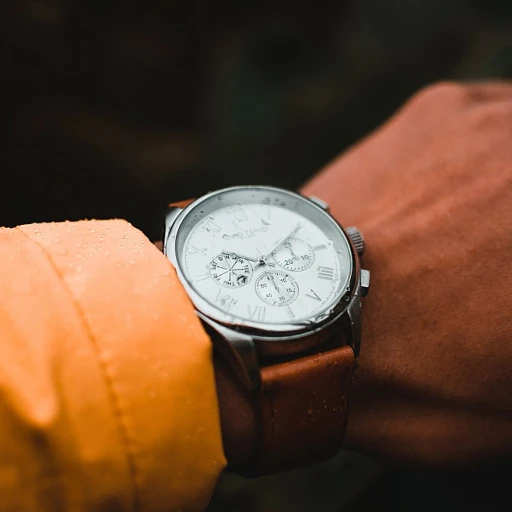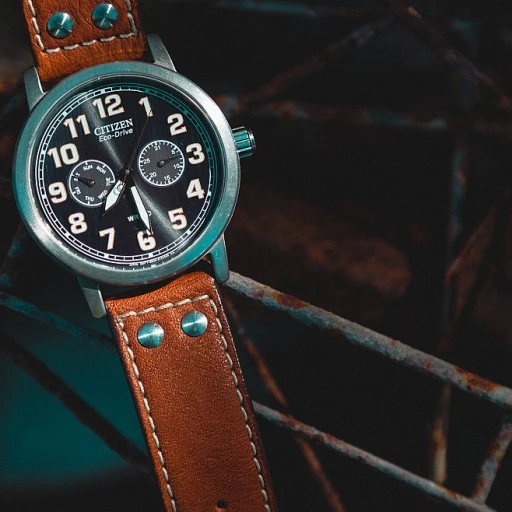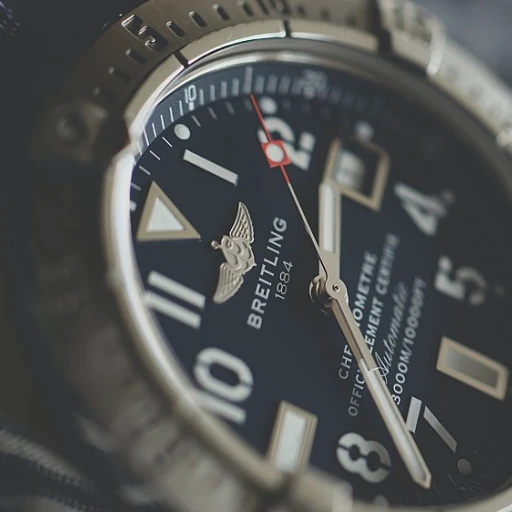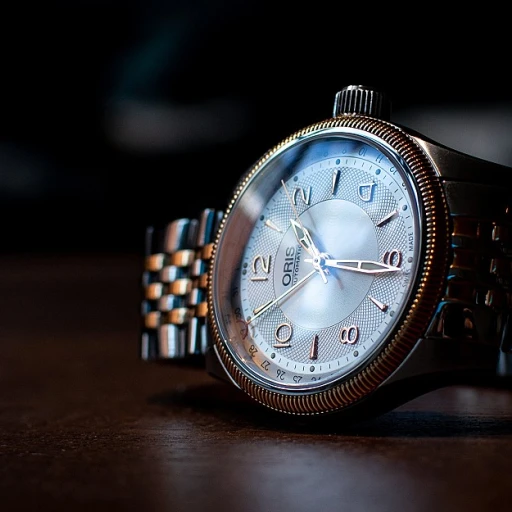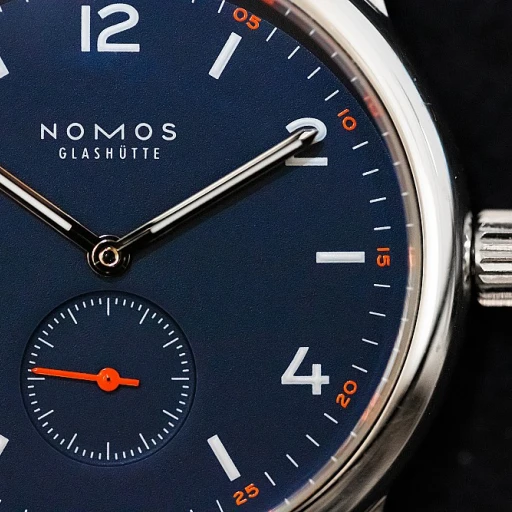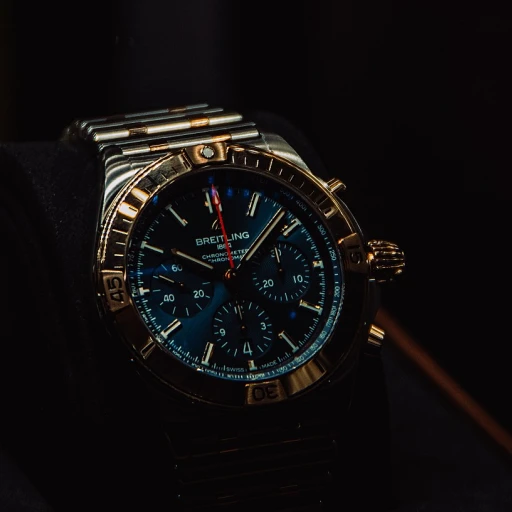
The Pulse of the Market: Understanding Auction Trends
The Ebb and Flow of High-End Timepieces
The luxury watch market is a theatre of opulence and precision, where every second counts and every detail matters. Diving into the pulse of this market requires an understanding of the auction trends that shape its heartbeat. Recent statistics reveal a surge in vintage watch prices, indicating a growing appetite among collectors. According to the Knight Frank Luxury Investment Index, collectible watches saw an average value increase of 5% in 2020. This trajectory posits luxury watches not only as symbols of sophistication but also as viable investment assets.
Annual Auction Annals: A Chronicle of Record-Breaking Bids
Year on year, the hammer falls on ever more staggering amounts. In 2020, a Patek Philippe Grandmaster Chime sold at a Christie's auction for a record-setting $31 million. Such figures underscore the booming demand for iconic brands. However, this trend isn't confined to titans like Patek Philippe or Rolex. Experimental and boutique brands are also receiving accolades from the auctioneer's gavel, indicating a diversification of interest amongst luxury watch aficionados.
The Tipping Point: Supply versus Demand Dynamics
In this high-stakes horological game, supply and demand dynamics play a pivotal role. With only a limited number of certain luxury watches produced, scarcity becomes a key driver of value. The luxury watch auction space thrives on rarity, and as seasoned collectors know, limited-edition models often become the stars of the show. As referenced in the aptly named insight 'The Rarity Rundown,' such exclusive pieces exemplify the allure of owning something few others can claim.
Spotlight on Emerging Markets and Digital Platforms
Emerging markets have also dramatically impacted luxury watch auctions. Asia, for example, has become a hotbed for high-end timepieces with China leading the charge. Insights from the Federation of the Swiss Watch Industry show that exports to China grew by 20.4% in 2021, pegging it as a market to watch. Moreover, the digital revolution has knocked on the once-wooden doors of traditional auction houses, ushering in a new era of online bidding wars. The convenience and global access offered by digital platforms are democratizing the auction process, making it imperative for collectors to stay digitally savvy.
Seasonal Swings: The Auction Calendar's Influence
Last but not least, the seasonal nature of luxury watch auctions can't be ignored. Major players in the auction world, such as Sotheby's and Christie's, often schedule their most exclusive auctions in spring and fall—corresponding with peak buyer interest. These timeframes often witness a flurry of activity with collectors and investors strategizing their bids to acquire coveted pieces. The patterns seen during these periods provide invaluable data for enthusiasts to strategize their next move in the auction sphere.
Crafting a Winning Bid: The Connoisseur's Strategy
Mastering the Bid: Insights for Luxury Watch Aficionados
Entering the realm of luxury watch auctions demands more than just a sizeable bank account; it necessitates a deep understanding of the market, strong nerves, and a well-thought-out strategic approach. Auction houses like Sotheby's and Christie's frequently showcase timepieces that attract collectors from around the globe, turning bidding into a fine art. For enthusiasts seeking to expand their collection, the strategic placement of a bid can be the difference between securing a coveted timepiece and walking away empty-handed.
Statistics show that in recent auctions, iconic brands such as Rolex and Patek Philippe have seen a record-breaking rise in auction prices, garnering interest and heated competition. Crafting a winning bid, according to experts, involves not just the knowledge of current market trends but also the anticipation of future value appreciation, speaking to both the heart and the investment-minded brain of a watch connoisseur.
Bidding With Precision: Timing and Research
Delving into the intricate details of each lot, collectors enhance their chances of success by exploring the provenance and rarity of the timepieces on offer. A watch's history can hold almost as much allure as its mechanical complexity, with celebrity-owned or historically significant pieces often surpassing estimates. A methodical approach to bidding might involve examining auction catalogues months in advance and consulting with brand experts to determine the watch's potential on the market.
To cite an example, a recent auction saw a vintage Omega Speedmaster, once overshadowed by its flashier counterparts, reach astonishing bids after thorough research highlighted its rarity. Similarly, understanding the nuances of limited edition watches can be crucial, shedding light on the subtle distinctions that may elevate a timepiece's desirability and investment potential.
Allocating Resources Wisely: Budget and Beyond
Fiscal judiciousness plays a pivotal role in the scheme of luxury watch collecting. It's imperative to set a clear budget and stick to it, keeping in mind auction premiums and any unforeseen expenses. Seasoned collectors suggest allocating a portion of one's budget to unexpected opportunities; a watch may appear undervalued relative to its historical selling price, resulting in spur-of-the-moment decisions that require quick, but calculated, actions. According to a recent survey by a leading watch publication, most collectors exceed their set budgets by at least 20%, a testament to the fervor and unpredictability of auctions.
The balance between passion and prudence might come down to a quote often heard among seasoned collectors: 'Buy with your eyes, not with your ears.' In other words, letting the provenance and quality of the watch speak louder than the buzzing auction room could lead to successful, and potentially profitable, acquisitions.
- Research historical prices and auction precedents.
- Consult with watch experts and brand ambassadors.
- Understand the premiums and additional costs involved.
- Be prepared for last-minute opportunities.
Spotting the Hidden Gems: Identifying Undervalued Watches
Mastering the Art of Valuation: Fine-tuning Your Luxury Watch Insight
The oft-overlooked skill in luxury watch auctions is identifying undervalued pieces poised for value appreciation. Statistics reveal that savvy collectors who invest in underrated timepieces often see significant gains. Delving into the craftsmanship, provenance, and historical significance of watches, equips enthusiasts with the ability to spot potential treasures.
The Significance of Rarity in Luxury Watches
Watches with a limited production run, historical relevance, or unique features are frequently undervalued by the market. A report by the Federation of the Swiss Watch Industry showed that limited edition watches represent an ever-growing segment of the luxury watch market, catching the attention of discerning collectors who understand the impact of scarcity on value.
Unlocking the Potential of Vintage Timepieces
Dedicated collectors agree that vintage wristwatches can be the dark horses of auctions. For instance, a well-preserved vintage timepiece from a defunct but once-revered brand can surprise the uninitiated, shattering estimates when it fetches impressive sums from connoisseurs who recognize its historical worth.
Decoding the Appeal of Discreet Luxury Brands
While the luminary names in horology consistently command high prices, stealth wealth advocates turn to lesser-known luxury brands that offer top-tier quality without the fanfare. These understated yet exquisite watches are often the sleeper hits at auctions, subsequently offering strong returns on investment for those who unearthed their subtle allure.
- Research Historical Prices: Comparing past auction results for similar models.
- Analyze Market Sentiment: Understanding current collector interests and trends.
- Evaluate Craftsmanship: Assessing the quality of the movement and finishing.
- Provenance and Pedigree: The story behind the watch's previous ownership and heritage.
When to Hold vs. When to Fold: Risk Assessment in Watch Auctions
Mastering the Art of Auction Timing
Navigating the high-stakes world of luxury watch auctions requires not only an eye for quality but also an astute understanding of market dynamics. Recent statistics have shown that luxury watch auction sales have seen an uptick, with a notable surge in online bids. This shift has undeniably transformed the tempo at which these prized possessions change hands. Knowing when to bid competitively and when to patiently hold off is pivotal. Astute collectors are often guided by in-depth market analysis, historical sales data, and expert valuation reports to help inform their decisions.
The Balancing Act: Risk Versus Reward
With every bid, the luxury watch enthusiast engages in a delicate dance of risk and reward. Analysis of auction trends should lead strategy, as highlighted in earlier discussions of market understanding. High-profile auctions may yield exceptional timepieces, but the increased visibility often equates to higher competition and steeper prices. Conversely, lower-profile auctions might present opportunities for acquiring undervalued watches, offering a potentially higher return on investment. The key lies in striking a balance, assessing the degree of risk, and maintaining an agile yet discerning approach to each potential acquisition.
Protecting Your Investment: The Insurance of Research
Insightful research is the insurance policy in the world of luxury watch investments. Reference books, brand histories, and market reports are as important as the financial capital used in bidding. According to recent studies, well-informed bidders are 27% more likely to secure a watch at their target price. This edge makes understanding brand-specific nuances, rarity factors, and historical significance crucial in defining a watch's true market value. Moreover, knowing what makes each timepiece tick, both literally and figuratively, can protect investors from the pitfalls of impulse bidding.
Exiting with Elegance: Selling at the Apex
Timing is equally critical when choosing to sell a luxury watch. It’s not enough to win a timepiece; one must also understand the optimal moment for its release. Market fluctuations can affect the value of a watch, and selling during a dip can incur losses. On the flip side, divesting at a market peak can maximize profits. Auction house statistics often provide a glimpse into these ebbing and flowing trends, allowing strategic sellers to plan their exit effectively and exit with elegance, aligning with the periods of highest demand and premium valuations.
